Introduction to Iran
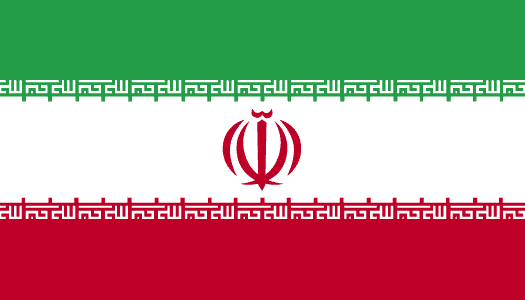
Iran (officially known as the Islamic Republic of Iran) is a country in the southwest of Asia and in the Middle East with an area of 1, 648, 195 square kilometers and a population of about 76,091,000 based on the census of 1390. The capital is Tehran's largest city and political center. Throughout Iran's history, it has been one of the most common names in Iran. Iran is neighboring from the north with Azerbaijan, Armenia and Turkmenistan, from the east with Afghanistan and Pakistan, and from the west with Turkey and Iraq, and also from the north to the Caspian Sea and from the south to the Persian Gulf and the Oman Sea, Important areas are oil and gas extraction in the world.
The Iranian political system is based on the constitution adopted in 1358 (and revised in 1368). The highest official post of Iran after the revolution is Velayat-e Faqih, which is now available to Seyyed Ali Khamenei. Islam is the official religion of the country, the Shi'ism of the official religion and the Persian language. As a land and a nation, Iran has an ancient background and is one of the most historic countries in the world.
Iran has a strategic position due to its presence in the central Eurasia region. And members of the United Nations, the Non-Aligned Movement, the Organization of the Islamic Conference, OPEC, the ECO, and several other international organizations. Iran is a regional powerhouse in Southwest Asia and has gained an important place in the global economy because of the possession of the oil industry, petrochemical industry, natural gas and automotive.
Geography
Iran in the east with Afghanistan and Pakistan; in the northeast with Turkmenistan; in the northern middle section with the Caspian Sea; in the northwest with Azerbaijan and Armenia; in the west with Turkey and Iraq; and finally in the south by the waters of the Persian Gulf and the neighboring Oman Sea Is .
From the north, the natural view of Iran is limited to the Atrak river, the Caspian Sea and the Aras River, from the east to the Hindu Kush mountains and the western valleys of the Sind Valley, from the west to the western slopes of the Zagros Mountains and the rivers of Arvandrood, and to the south to the Persian Gulf and the Oman Sea. More than half of Iran is desert and semi-desert. About a third of Iran is mountainous, and a small part of Iran (including the southern plain of the Caspian Sea and the Khuzestan plain) is also composed of fertile plains. The highest mountain in Iran is Damavand (5671 m). From the geographic point of view, the westernmost city of Iran is the Chislachi; the eastern city of Jalq, the northernmost city of Parsabad, and the southernmost city of Chabahar. Provinces
According to the state divisional law (adopted in 1286), Iran was divided into 4 states: Azerbaijan, Khorasan, Fars, Kerman and Balochistan and 10 provinces (apart from the states). These divisions remained the same until the year 1316, with small changes.
In 1316, with the adoption of a new law on divisions, Iran was divided into 10 provinces and 49 cities. Over time, with the creation of new provinces, the number of provinces in Iran increased. For a long time after the victory of the Islamic Revolution, Iran still has 24 provinces. In 1372, the province of Ardabil separated from East Azarbaijan Province. Qom province was separated from Tehran in 1995 and Qazvin was separated from Zanjan province in 1994 and it was converted to Qazvin Province in 1997. After that, Golestan was separated from Mazandaran. In 2004, Khorasan province was divided into three provinces: southern Khorasan, Northern Khorasan and Khorasan Razavi. On December 4, 2010, Tehran province was divided into two provinces of Tehran and Alborz. Thus, Iran now consists of 31 provinces.
The current capital of Iran is Tehran, and the capital of Iran should be transferred from Tehran to another location by 1404 Hijri in accordance with the Land Expansion Plan approved by the Expediency Council in 2009.
weather
Iran is one of the most unique in terms of climate. The difference in winter temperature between the hottest and coldest points sometimes reaches more than 50 ° C.
The hottest ground in 2004 and 2005 was at a point in Iran's Lut desert.
Iran is semi-arid and dry in terms of precipitation.
Iran's climate is affected by several systems:
The Siberian high-pressure system, which runs down the southern latitudes of the northern barrage of rain and snow and the temperature drop, and elsewhere, only lowers the temperature.
Mediterranean rainwater system, which enters Iran from the west and causes rain or snow in many parts of the western, middle and eastern parts of Iran.
South low pressure system that rains in the south and southwest bar.
The rainfall in Iran is very variable. In the north it is more than 2113 millimeters (Rasht, 2004). In desert areas, rainfall is mostly very low and about 15 mm. Precipitation of the northwest and west, the southern slopes of the Alborz and the northeast is somewhat remarkable (about 500 mm). In other parts of the world, rainfall is not higher than 200 mm. Iran is struggling with dehydration problems. It is expected that Iran will be in a state of tension in 2025.
The difference in temperature in Iran is high in different places. In the winter, the temperature of Shahrekord reaches 30 degrees at night, Ahwazi people experience summer weather (50 degrees). The weather of the northern coasts is warm and humid in summer and mild in winter. The northwest and western regions of the temperate, cold winters and southern regions of the summer are very hot and moderate winters. People
Historical background of civilization in Iran reaches the civilizations in Elam, the burned city, Jiroft, and ... But the beginning of Iranian political history dates back to the beginning of the reign of the Persian kingdom in Med. The Persian Empire is considered to be the beginning of the Iranian monarchy. Iran today has many tribes including Persian, Azeri, Kurdish, Lar, Bakhtiari, Baloch, Mazandaran, Gilak, Qashqai, Arabs, Lak, Taleshi, Turkmen, Khalaj, Assyrian, Keldani, Mandaean (Saibi), Tate, Georgian, Sistani, Armenian and Jewish.
The ethnic composition of Iran is 61% Persian, 16% Azeri, 10% Kurdish, 6% LAR, 2% Baloch, 2% Arab, 2% Turkmen and 1% other ethnic groups according to the data of the "CIA's World Reality Book".
According to the UN Office for the Control of Materials and Crime of 2008, nearly three percent of the population aged 15 to 64 years consumes narcotics, the highest percentage of drug use in the world.
Iran has 42, 200, 000 users on the Internet.
Language
There are about 75 languages and dialects in Iran. The largest linguistic groups in Iran are Farsi, Turkish, Azerbaijani, Kurdish, Turkmen, Gilaki, Mazandaran, Khalaji, Taleshi, Lori, Bakhtiari, Arabic, Baluchi, Laki, Dilami, Tati, Armenian, Assyrian, Mandaean, Georgian, Hebrew, Chaldinian and others.
So far, none of the Iranian censuses have raised questions about ethnic and linguistic affiliations. Of course, this question was raised in the census questionnaire of 1365, but due to political considerations, the collection of information about it was refused. However, research and estimates have been made on the ethnic and linguistic combination of the country. One of these investigations is to be sampled by the National Registry Office in August 1991, when the mother tongue questioned the women who were referred to birth registration offices for their children's birth certificates.
A total of 49, 558 mothers, 46.2% in Persian, 20.6% in Azeri, 10% in Kurds, 8.9% in Lori, 7.2% in the north, 3. 5% in Arabic, 2.7% to Balochi, 0.6% to Turkmen, 0.1% to Armenians and 0.2% to other languages. Similar to the survey in 1994, the same results were achieved. The polls found that fertility and demographic characteristics differed significantly in terms of the mother tongue community and the number of live births in different language groups ranged from 2.9 to 5. But another study showed that this difference was more than cultural differences And the economics of these groups results from their ethnic and linguistic belonging.
The official language of Iran is Farsi. Persian is one of the languages of the Indo-European branch. According to the fifteenth principle of the Iranian Constitution, textbooks should be in this language and line, but the use of local and ethnic languages in the press and mass media and teaching their literature in schools is also free of Persian language.Religion
In Article 12 of the Constitution of the Islamic Republic of Iran, Ja'fari's Islam and religion are the official religion of the twelve Imams, and other Islamic constitutions stipulated in the constitution include the four sects of the Sunni (Hanafi, Shafi'i, Hanbali, Maliki) and Shiites Zaidi (four Imams) Also legal and respectful. Also in Article 13 of the Constitution, Christian, Jewish, and Zoroastrian Iranians are accepted as religious minorities and can act in accordance with the law in accordance with their religion.
Foreign relations
Iran is one of the 192 UN member states. Also in the Organization of the Islamic Countries (OPEC), the Organization of the Islamic Conference, the Non-Aligned Movement, the ECO Organization.
Iran's foreign relations have been tense in the Islamic Republic.
Among the challenges facing Iran after the revolution are the following: the incident involving the US embassy and the hostage taking of American diplomats, the 8-year war with Iraq, which took place after the Iraqi invasion (about 500,000 dead, one million injured and a thousand Billions of dollars in damage to Iran), long-term economic and technological sanctions (sanctions against Iran)Tourism
Tourism in Iran is a collection of tourism facilities such as monuments, recreation areas, nature, transportation, hospitality and .... Iran's tourism as an industry has very high potential for growth and development.
According to the World Tourism Organization, Iran ranked tenth in its historical and historic attractions and ranked fifth in the world with natural attractions, but has so far not succeeded in attracting foreign tourists.
Iran at a glance :
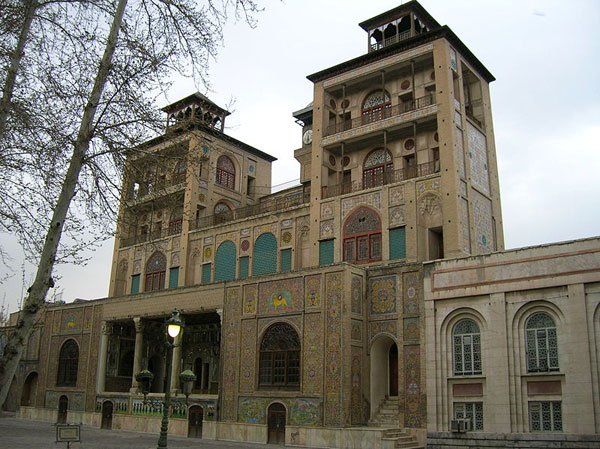
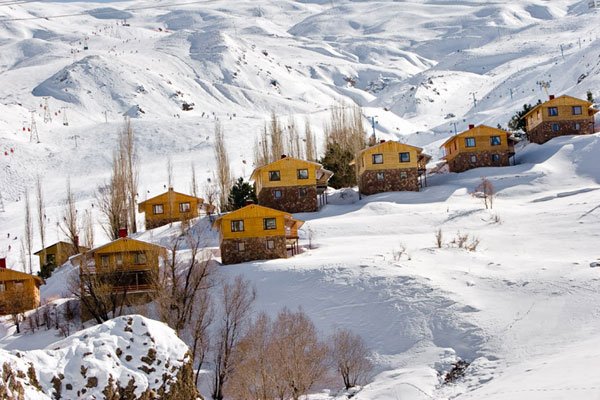
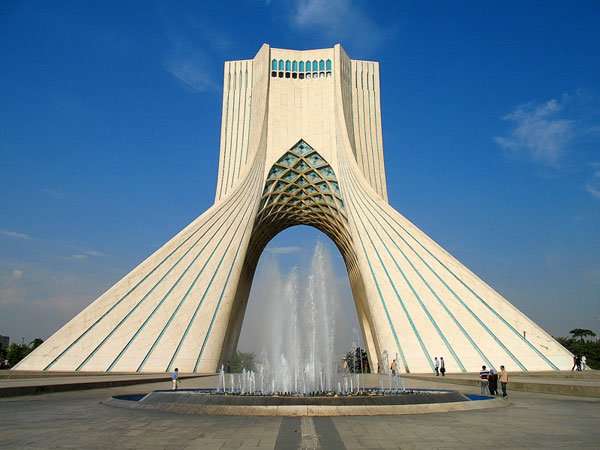
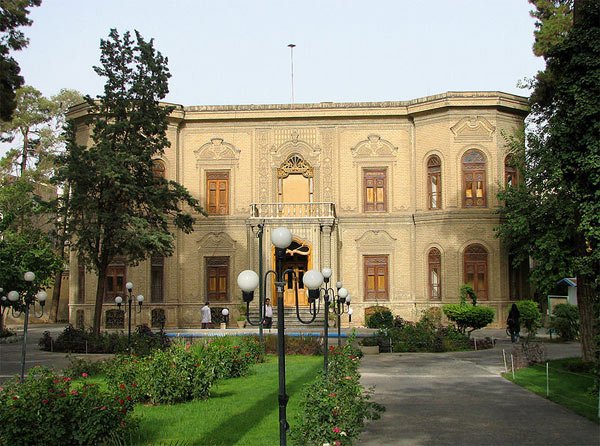
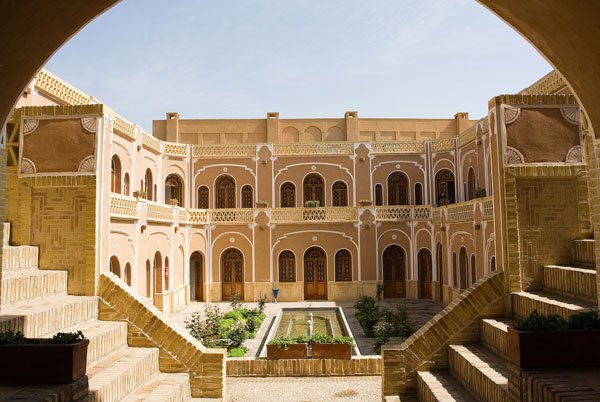
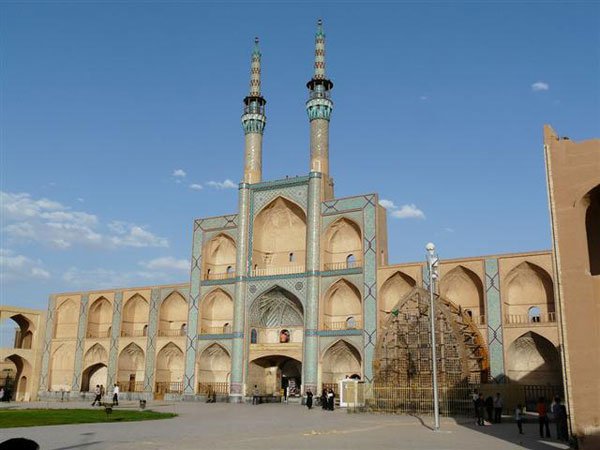
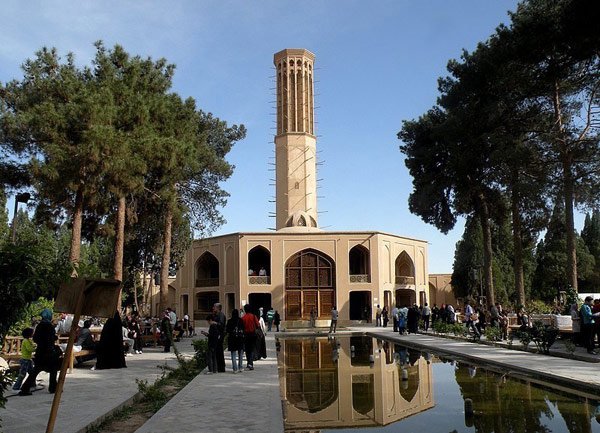
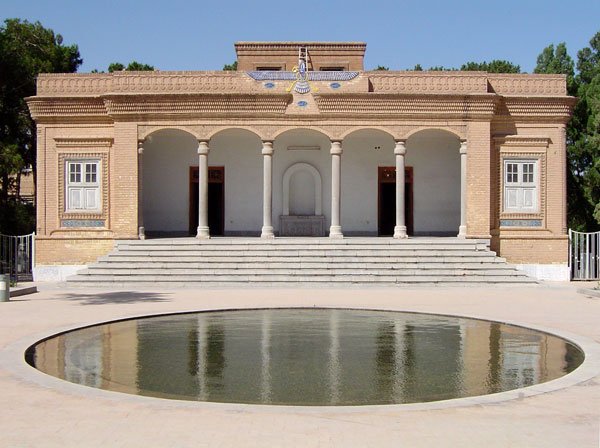
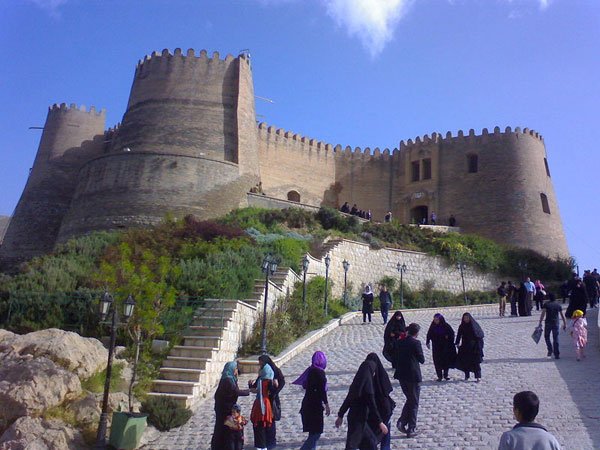

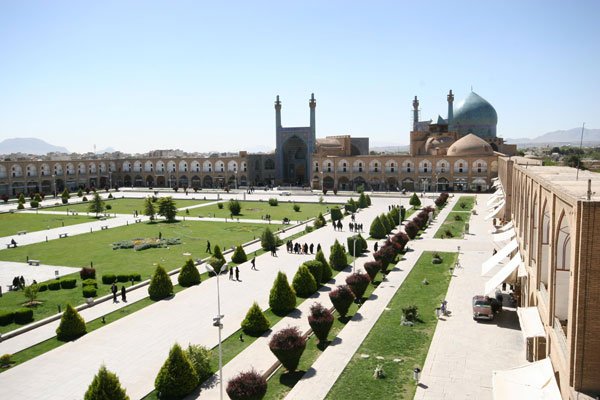
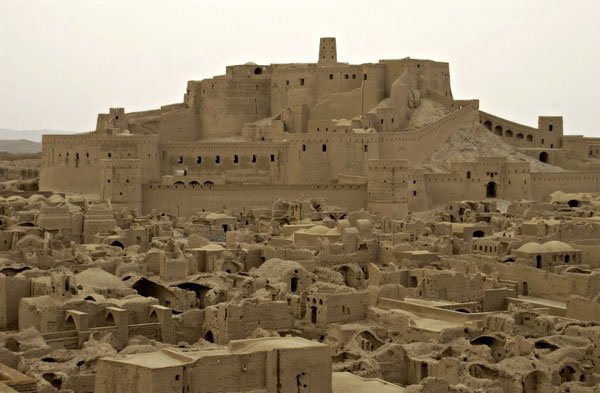
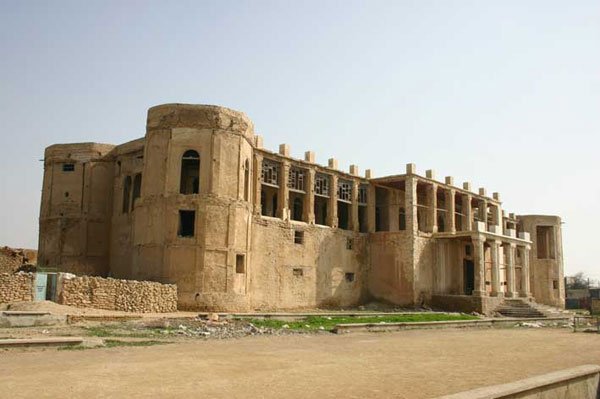
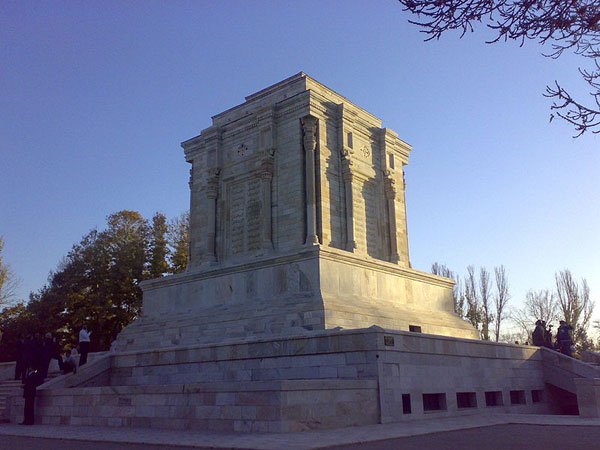
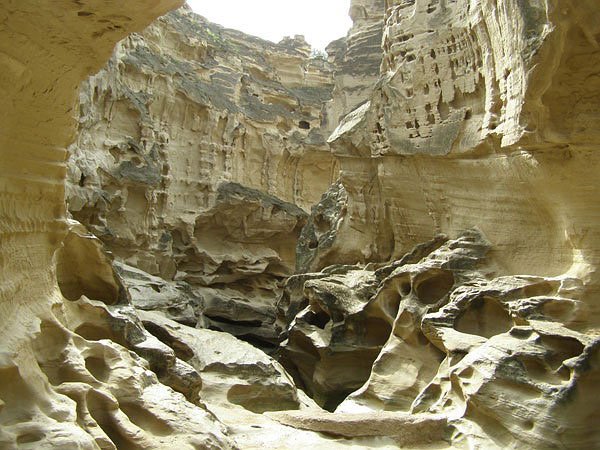
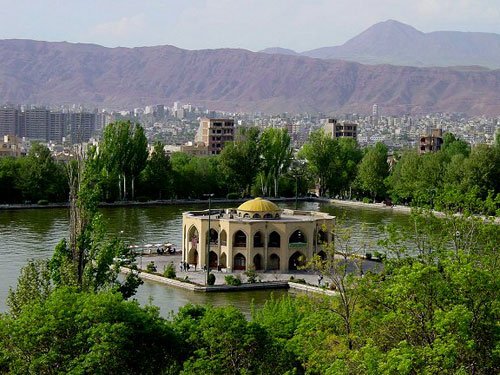

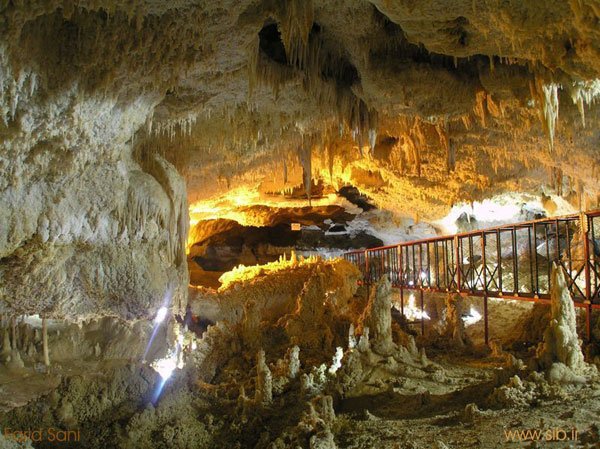

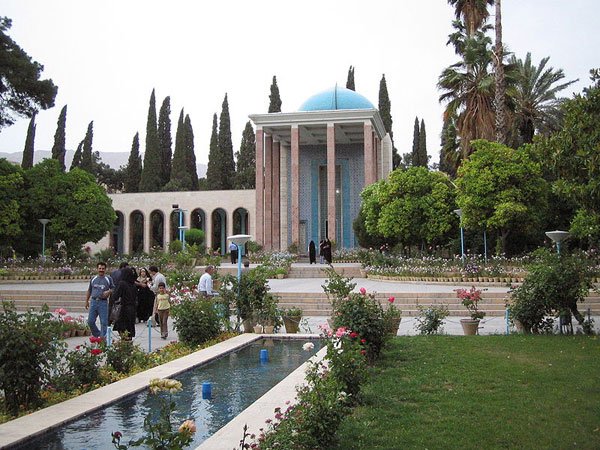
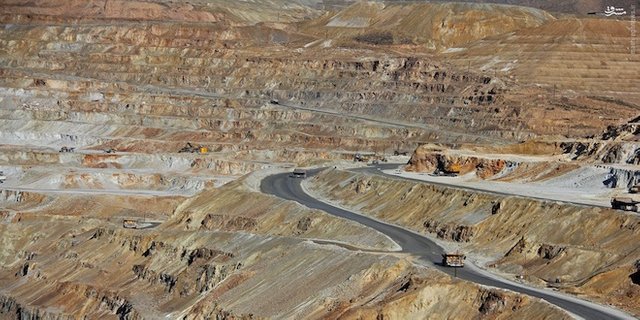


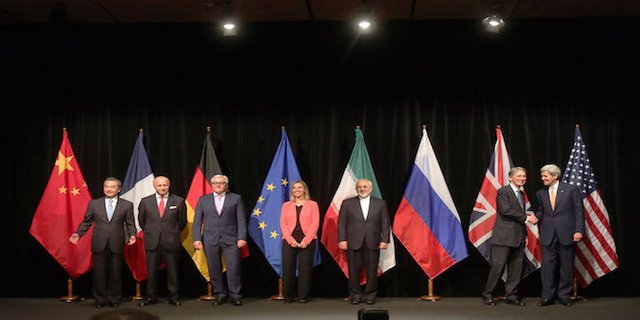
besiyar ali 🌹🌹
Iran is my country. My birthplace is my life. I love romantic Iran. Thank you for the good information you provided. Beautiful pictures from Iran.
Iran is love
thanks for your attention
Be Happy, victorious, healthy and wealthy
لطفا عضو کانال تلگرام ایرانین استیمت شید
ممنون میشم ♥
T.me/iraniansteemit
I love Iran... I am mexican and live in Mexico, and I support its foreing policy... Greetings From Mexico City where I live
Dear @Haji, This is a great post about Iran. Be success Bro.
راستی تناسب دو عکس آخر رو من نفهمیدم :smirk:
😂😂 اره اره
I really love this post
How much is cryptocurrencies used or known ?
Iran is the country I love to visit. Nice to know you. My name is Akbar Rafsanjani. I think that is familiar with you 😊
Hello
My dear friend
Thank you for your attention
wish you luck
Be Happy, victorious, healthy and wealthy
لطفا عضو کانال تلگرام ایرانین استیمت شید
ممنون میشم ♥
T.me/iraniansteemit
Thank you so much for using our service! You were protected from up to 20% losses!
Help us grow by delegating to us! 100sp, 500SP, 1000SP, ANY SPYou just received 6.13% upvote from @onlyprofitbot courtesy of @haji!
This post is Powered by @superbot all the way from Planet Super Earth.
Follow @superbot First and then Transfer 0.100 STEEM/STEEM DOLLAR to @superbot & the URL in the
memo that you want Resteemed + get Upvoted & Followed By @superbot and 1 Partner Account.
Your post will Appear in the feed of 1300+ Followers :)
So don't waste any time ! Get More Followers and gain more Visibility With @superbot
#Note - Please don't send amount less than 0.100 Steem/Steem Dollar ,Also a post can only be resteemed once.
Thank you for using @superbot
If you would like to support this bot , Please don't forget to upvote this post :)
Stay Super !
شناسوندن چهره واقعی ایران به مردم جهان واقعا کار مهم و با ارزشیه که شما با این پست به خوبی انجامش دادید. موفق و پیروز باشید.
ممنون دوست عزیزم
دقیقا
مردم جهان کشور ایران را کشوری بسیار خشک- در حال جنگ - و بسیار بد براشون ساختن دولت هاشون
و هیچکس باور ندارد که کشور ایران امن ترین کشور جهان و بسیار جاهای دیدنی دارد
تا به ایران نیان نمیدونن
عکسارو خودتون گرفتید؟